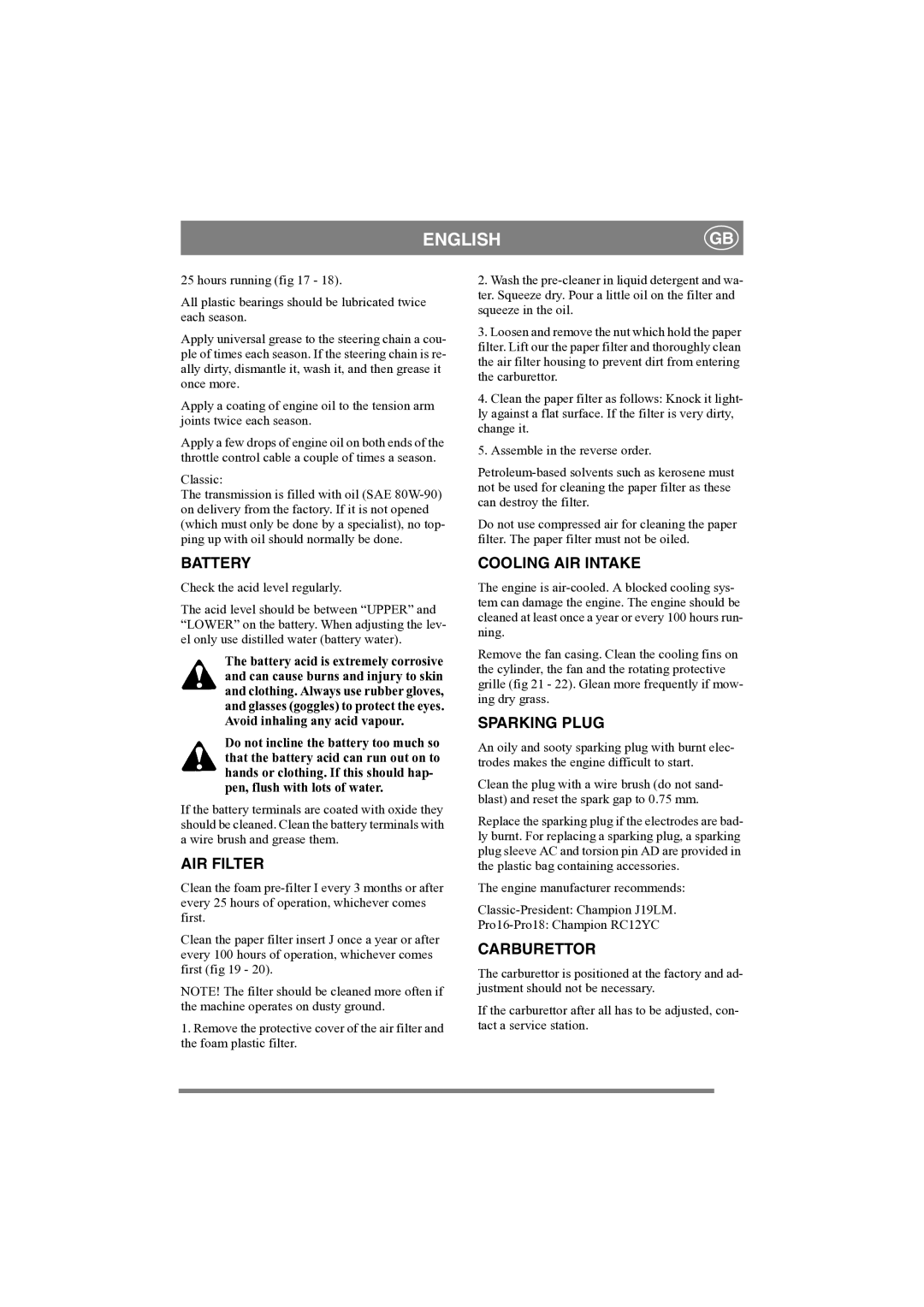PRO 18, PRO 16 specifications
Stiga PRO 16 and PRO 18 are elite-level table tennis blades that exemplify exceptional craftsmanship and cutting-edge technology, targeting both competitive players and serious enthusiasts. These blades are meticulously designed for players who seek balance, power, and control, integrating various innovative features that contribute to superior performance on the table.The Stiga PRO 16 is particularly known for its lightweight design paired with a high degree of stiffness. This blade employs a unique combination of multiple layers of wood and advanced composite materials that enhance speed while maintaining excellent control. Its 16 mm thickness strikes a harmony between power and precision, allowing players to deliver fierce shots with ease. The PRO 18, on the other hand, is slightly thicker at 18 mm, providing a more substantial feel and increased power for aggressive playstyles. This thicker build enables players to generate greater spin, making it a favored choice for those who rely on heavy topspin and fast-paced gameplay.
Both blades feature the renowned Stiga “WAVE” technology, which optimizes the wood grain orientation to maximize speed and minimize vibrations. This technology not only enhances ball feel but also improves the racket's stability during intense rallies. Additionally, they come equipped with Stiga's proprietary “Hyper Bounce” technology, ensuring that players experience consistent rebound characteristics, enabling them to execute precise strokes without compromising power.
Another defining characteristic of the Stiga PRO 16 and PRO 18 is their ergonomic handle design. Both blades feature a well-shaped handle that fits comfortably in hand, allowing for extended playing periods without fatigue. Players can personalize their experience further by choosing between different handle types, such as the Straight, Flared, or Concave designs.
Moreover, both blades are compatible with a wide range of rubber surfaces, granting players the freedom to customize their setup according to their unique preferences. The combination of these features results in blades that not only cater to advanced techniques but also enhance overall playing experience.
In conclusion, the Stiga PRO 16 and PRO 18 represent the pinnacle of table tennis technology. Their high-quality materials, advanced technologies, and thoughtful design ensure players possess the necessary tools to take their game to new heights. These blades are not just products; they are a gateway to elevated performance on the table.

